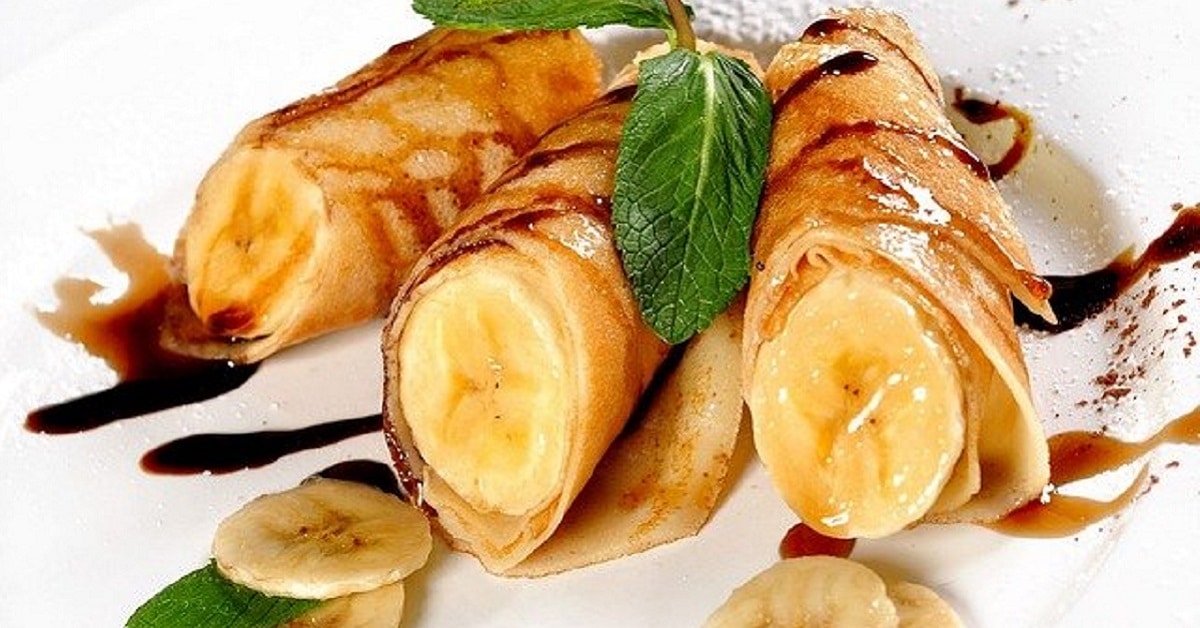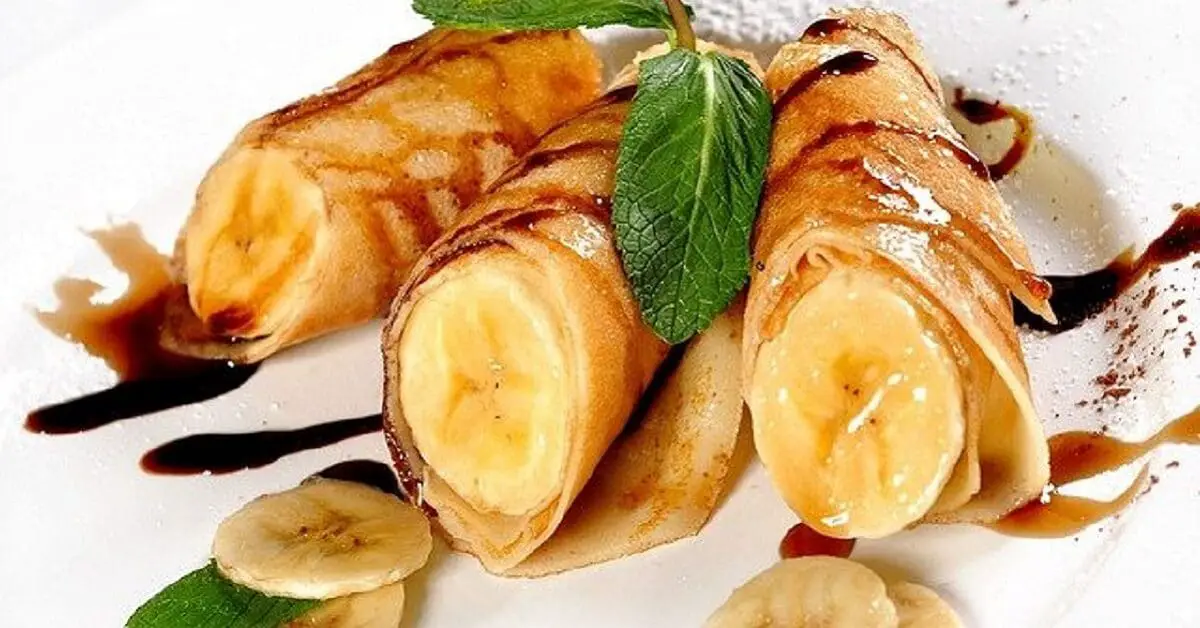
If you love bananas and are counting calories or worried about your sugar levels, then you may have been wondering how many calories are in a banana.
If you are trying to lose weight you may also be drawing up a list of foods low in calories or foods low in carbs to include in your diet. Drawing up your list of dietary dos and don’ts might have left you wondering how many calories are in your favorite banana dessert and whether they make the cut.
Due to their sweet taste, many health-conscious eaters believe bananas have no place in a low-calorie or low-carb diet. But others insist they have a role to play in a healthful diet.
But what do the facts say about bananas? How many calories are in a banana?
Here is everything you need to know.
Contents:
How many calories in a 100g banana?
How many calories in a 100g ripe banana?
How many calories in a 100g overripe banana?
Are bananas good for weight loss?
Are bananas good for diabetics?
Are bananas fruits are berries?
Banana cultivars: Cavendish, Lady Finger, Gold Finger
How many calories in a 100g banana?
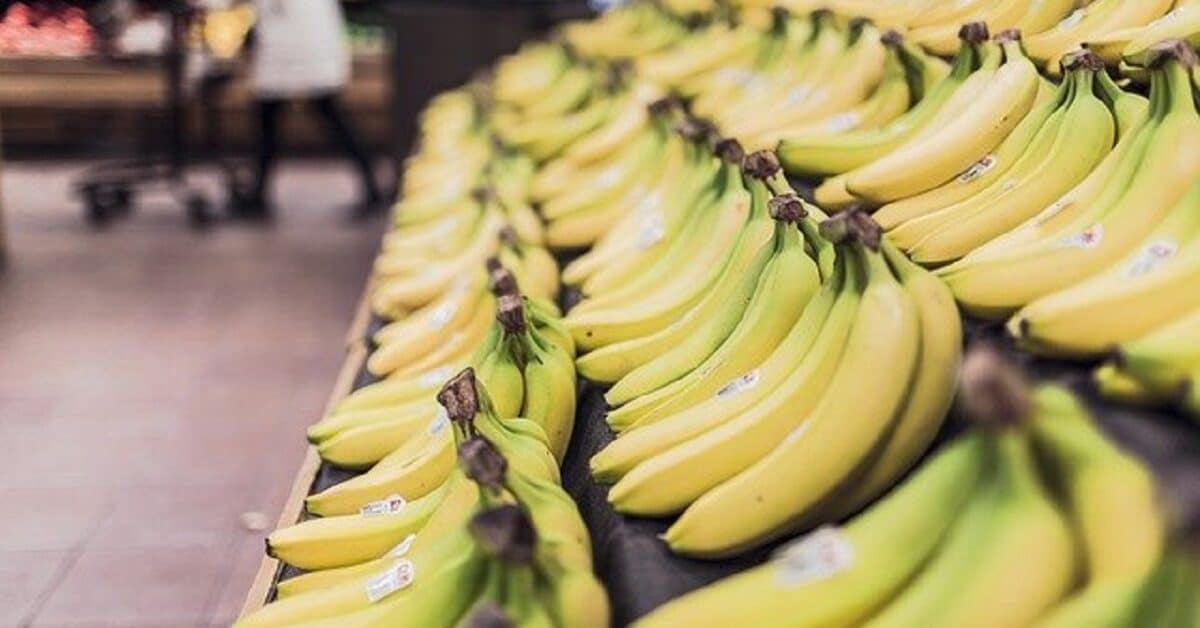
According to the USDA’s FoodData Central:
- an extra-large banana is at least 9 inches long and weighs about 152g
- a large fruit is about 8 inches to less than 9 inches long and weighs about 136g
- a medium or averaged size fruit ranges from about 7 inches to less than 8 inches long and weighs 118g
- a small banana ranges from 6 inches to slightly less than 7 inches long and weighs 101g
FoodData Central provides data showing the nutritional information for a 100g serving of a ripe banana and a 100g serving of an overripe one.
How many calories in a 100g ripe banana?
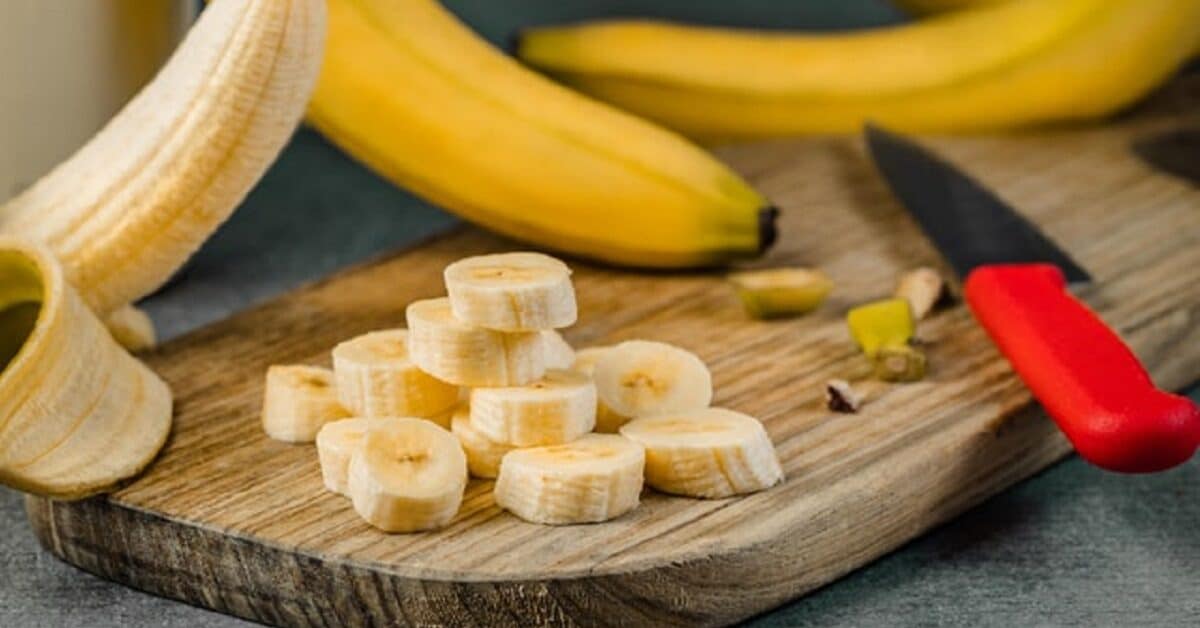
A small ripe banana, weighing about 100g, has a water content of 75.3%, 21.2% carbs (by summation), 0.74% protein, and a negligible amount of fats (0.29%), according to FoodData Central’s analysis.
The calorie content of a small ripe banana weighing approximately 100g is about 88 kcal (note that nutritionists often use kcals interchangeably with calories), total sugars (simple carbs) are 15.8 g, and the starch (complex carbs) content is 3.66g.
The sugar content includes sucrose, glucose, fructose, and maltose.
Nutrition facts: 100g banana, ripe and slightly ripe, raw
- Water: 75.3g
- Energy (Atwater General Factors): 98 kcal (kcals are the same as calories on food labels)
- Energy (Atwater Specific Factors): 88 kcal
- Nitrogen: 0.12g
- Protein: 0.74g
- Total lipid (fat): 0.29g
- Ash: 0.70g
- Carbohydrate, by difference: 23.0g
- Carbohydrate, by summation: 21.2g
- Fiber, total dietary: 1.70g
- Total dietary fiber (AOAC 2011.25): 4.62g
- Sugars, Total NLEA: 15.80g
- Sucrose: 4.18g
- Glucose: 5.55g
- Fructose: 6.09g
- Lactose: <0.25g
- Maltose: <0.25g
- Galactose: <0.10g
- Starch: 3.66g
Source: USDA
Note: We cite “carbs by summation” instead of “carbs by difference” because it represents digestible carbohydrate.
Carbohydrate by difference “is the sum of nutritionally available carbs (dextrins, starches, and sugars), nutritionally unavailable carbohydrates (pentosans, pectins, hemicelluloses, and cellulose), and non-carbohydrates such as organic acids and lignins,” according to Oxford Reference.
The Food and Agricultural Organization (FAO) recommends that a “standardized, direct analysis of available carbohydrate (by summation of individual carbohydrates) is preferable to an assessment of available carbohydrate by difference.”
We also cite Atwater Specific Factors measurement of calories because experts consider it a “refinement” of the older Atwater General Factor system developed in the 1800s by the American chemist W. O. Atwater.
How many calories in a 100g overripe banana?
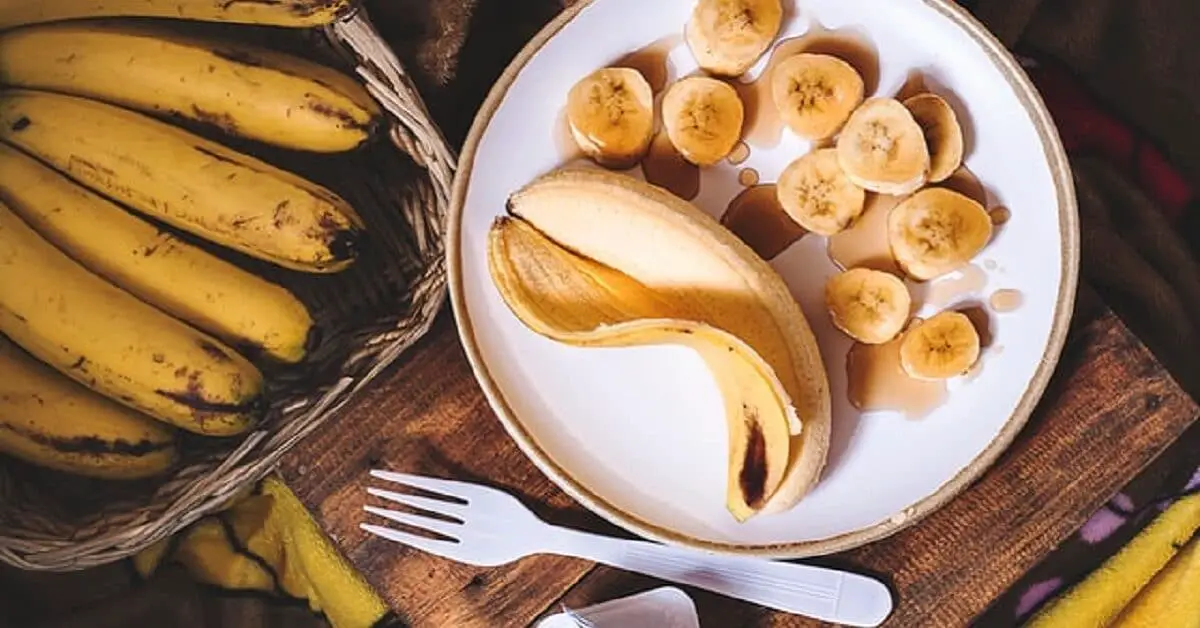
FoodData Central’s analytical data reveals that a small overripe banana (100g) has a higher water content (78.3%) than a ripe one, a lower carb content of 18%, and negligibly lower protein and fat contents of 0.73% and 0.22% respectively (see below).
FoodData Central’s overripe sample also had a significantly lower calorie content (77 kcal or 322 KJ) than the ripe sample of the same weight. Both ripe and overripe bananas had the same total sugars (15.8g), but the starch content of the overripe one was 0.41g, much lower than the ripe banana’s starch content of 3.66g.
FoodData Central’s overripe sample had a much higher concentration of sugars (simple carbs) relative to starch (complex carbs) than the ripe sample.
Nutritional facts: 100g banana, overripe, raw
- Water: 78.3 g
- Energy (Atwater General Factors): 85 kcal (note that kcals are the same as calories on food labels)
- Energy (Atwater Specific Factors): 77 kcal
- Protein: 0.73 g
- Total lipid (fat): 0.22 g
- Ash: 0.67 g
- Carbohydrate, by difference: 20.1 g
- Carbohydrate, by summation: 18 g
- Fiber, total dietary: 1.7 g
- Total dietary fiber (AOAC 2011.25): 2.02 g
- Sugars, Total NLEA: 15.8 g
- Sucrose: 2.1 g
- Glucose: 7 g
- Fructose: 6.7 g
- Lactose: <0.25 g
- Maltose: <0.25 g
- Galactose: <0.1 g
- Starch: 0.41 g
Source: USDA
Are bananas good for weight loss?
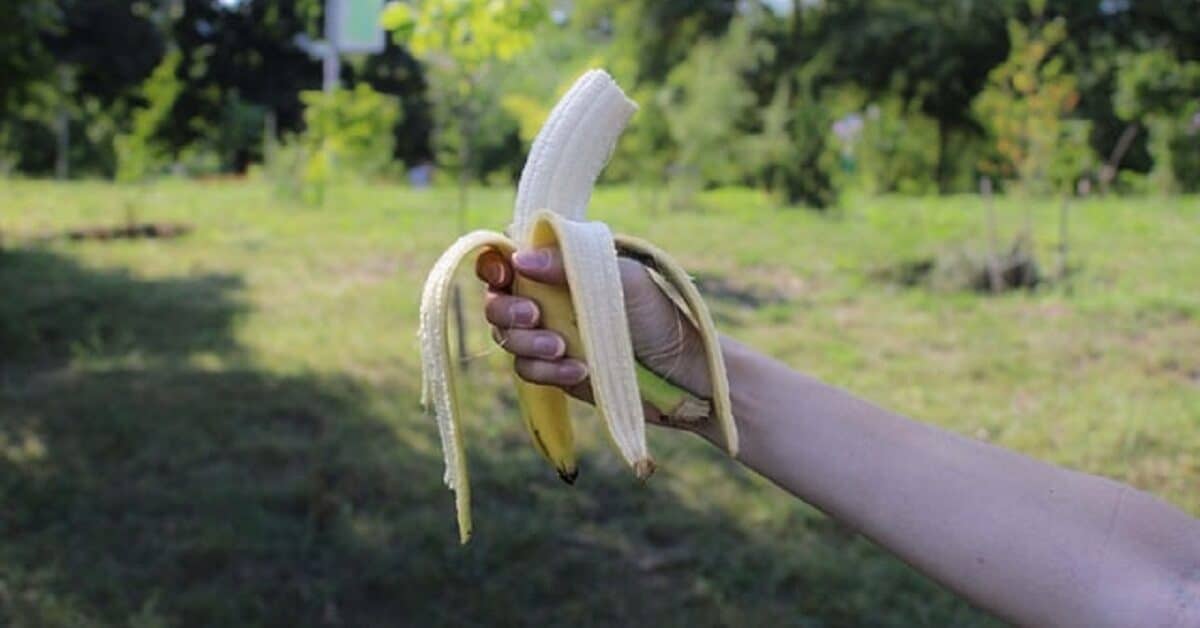
Based on FoodData Central’s nutritional information, it would appear that weight watchers can safely eat bananas in moderation. According to Harvard Health, to lose one or two pounds weekly (a safe weight loss rate, according to experts), an average person will need to reduce their daily energy intake by 500 to 1,000 calories less than the amount needed to maintain their weight.
[Note: Harvard’s Health’s recommendation is based on Wishnofsky’s Rule that says because a pound of fat contains 3500 calories, you can lose a pound of body weight weekly by cutting 500 calories from your daily intake. Learn more about the reliability and accuracy of Wishnofsky’s Rule here.]
That means an average person who needs about 2,325 calories to keep their weight constant will need to reduce daily calorie intake to between 1,325 and 1,825 to lose a pound or two weekly.
Going by this recommendation, it appears that if you increase your level of physical activity and exclude less healthy foods such as candies and sweets from your diet, you can safely include healthy food items such as bananas and apples.
Note that health professionals warn against eating too few calories daily to reduce weight or shed fat. Reducing calorie intake below 1,200 a day for women and 1,500 a day for men without the supervision of a qualified health professional is risky, according to Harvard Health.
Bananas are healthful food items that can be included in your diet to complement nutrient-dense foods such as eggs. They supply other essential body nutrients such as vitamin C, vitamin B6, antioxidant niacin (B3), folate, magnesium, phosphorus, potassium, and trace minerals, including copper, manganese, and zinc. They also contain the antioxidant beta-carotene and dietary fiber for gut health.
Potassium supports the optimal function of the nerves and muscles. It promotes the heart’s contractile function and helps to regulate blood pressure.
Leafy green vegetables and fruits are also good sources of potassium.
Nutritional facts: 100g banana, ripe: Minerals and vitamins
- Niacin: 0.662mg
- Vitamin B-6: 0.209mg
- Folate, total: 14µg
- Carotene, beta: 8µg
- Magnesium, Mg: 28mg
- Phosphorus, P: 22 mg
- Potassium, K: 326 mg
- Vitamin C, total ascorbic acid: 12.3 mg
- Copper, Cu: 0.101 mg
- Manganese, Mn: 0.258 mg
- Zinc, Zn: 0.16 mg
Source: USDA
Are bananas good for diabetics?
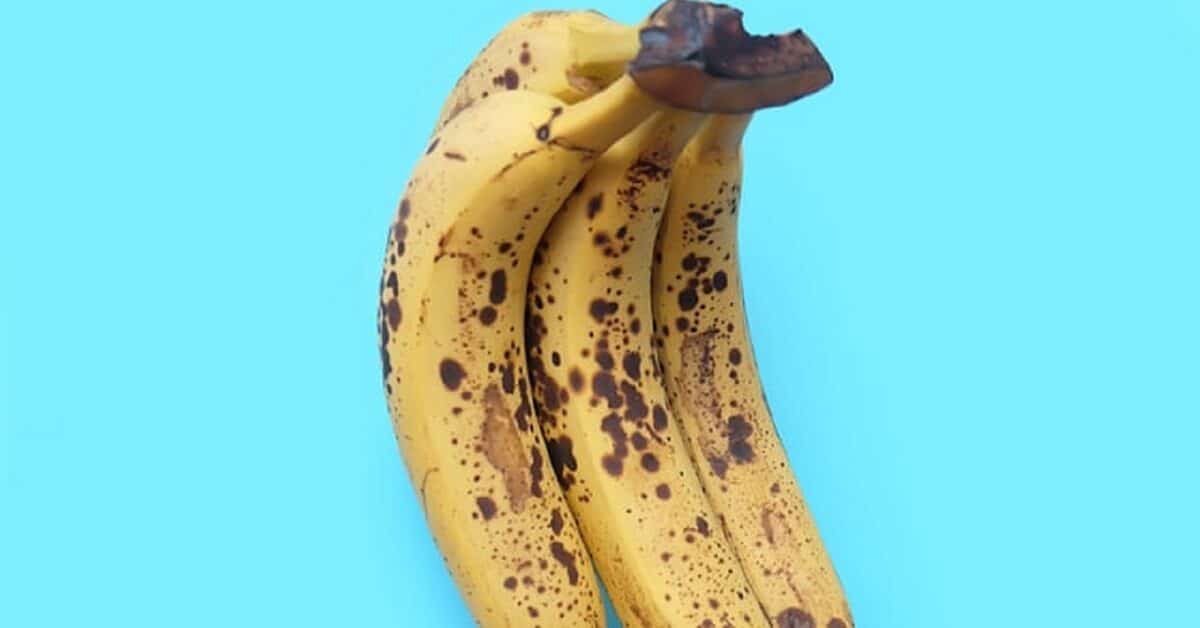
The fact that bananas are rich in simple carbohydrates — sucrose, glucose , and fructose — raises concerns that they may not be suitable for prediabetics and diabetics trying to control blood sugar levels.
However, Hermansen and colleagues noted that underripe bananas have higher levels of starch (complex carbs) and lower levels of sugars (simple carbs) than ripe and overripe ones. The starch content of the fruit changes to sugars as it ripens, according to the authors.
Hermansen and colleagues also noted that underripe bananas have a low “glycaemic response” compared with overripe ones, likely due to higher starch content.
Their research conclusions suggest that people watching their blood sugar levels may safely include small or moderate quantities of underripe bananas in their diet.
We recommend that you consult your healthcare professional before you decide whether or not to include bananas in your diet plan.
Nutritional facts: 100g banana, raw
- Energy: 89 kcal
- Energy: 371 kJ
- Protein: 1.09 g
- Total lipid (fat): 0.33 g
- Ash: 0.82 g
- Fiber, total dietary: 2.6 g
- Sugars, total including NLEA: 12.2 g
- Sucrose: 2.39 g
- Glucose: 4.98 g
- Fructose: 4.85 g
- Maltose: 0.01 g
- Galactose: 0 g
- Starch: 5.38 g
Source: USDA
Research studies also suggest that bananas may help lower blood pressure and reduce the risk of cardiovascular disease.
Are bananas fruits or berries?
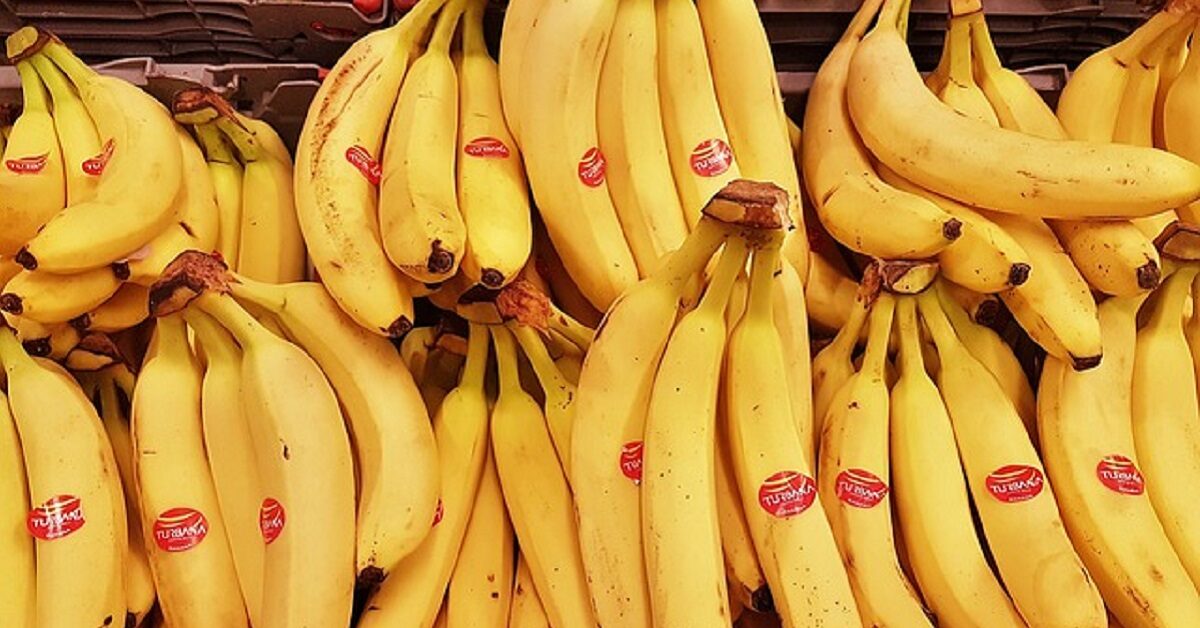
Bananas are types of fruits called berries. However, raspberries, strawberries, and blackberries are botanically not berries.
The reason bananas are berries, but raspberries are not is due to the technicalities of the botanical scheme for classifying fruits.
Fruits are the fleshy or dry seed-bearing part of flowering plants derived from the ovary. Bananas and strawberries satisfy the botanical criteria for classification as fruits.
But while botanists classify bananas as berries, raspberries are classified as drupes.
Fruits classified alongside bananas as berries include grapes, oranges, eggplants, pumpkins, avocados, cucumbers, tomatoes, and currants.
Berries are simple fleshy fruits derived from the single ovary of a flower. They are also simple fruits with multiple seeds.
Berries have a pericarp divided into three layers: a usually thin outer skin called the exocarp or epicarp, the fleshy and often edible middle layer called the mesocarp, and the inner fleshy or membranous layer holding the seeds called the endocarp.
Drupes are distinguished from berries by hard endocarps (stone or pit). Drupes with stone or pit endocarps include cherries, peaches, plums, apricots, mangoes, dates, and olives.
Raspberries, blackberries, and mulberries are a type of drupes called aggregate fruits. Aggregate fruits develop from the merging of multiple ovaries. They are effectively a collection of drupelets.
Banana cultivars: Cavendish, Lady Finger, Gold Finger
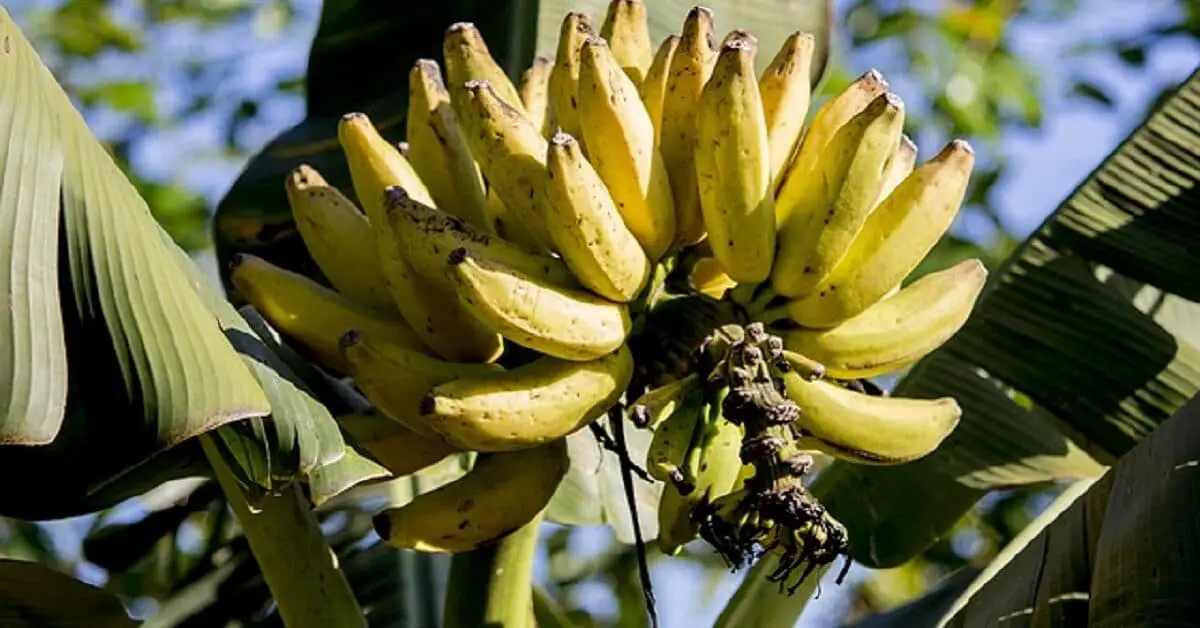
There are different cultivars of bananas in the U.S. market, with different shapes, colors, firmness, length, and weight. Panama disease-resistant Cavendish bananas are the most popular in the U.S.
Cavendish cultivars dominate the global export market. The top producing countries are Ecuador, Costa Rica, and Colombia in South America; the Dominican Republic and the Windward Islands in the Caribbean; Cameroon and Cote D’Ivoire in Africa and the Philippines in Asia.
Cavendish cultivars presently dominate the global export market due to their resistance to Panama disease. Before the 1960s, Gros Michel cultivars were the most widely cultivated for export. Outbreaks of Panama disease, caused by the fungus Fusarium oxysporum, disrupted the cultivation of Gros Michel bananas.
Black Sigatoka disease (black leaf streak) later emerged to threaten the international trade in Cavendish cultivars. More recently, a new type of Panama disease known as tropical race 4 (TR4) has also emerged as a threat.
Other widely cultivated cultivars include Lady Finger, Gold Finger, and Red Bananas.
Producers and consumers in the U.S., Europe, and West Africa distinguish between ready-to-eat dessert bananas and cooking bananas, known as plantain. Those classified as “plantain” are less sweet, more fibrous, starchier, and preferably cooked before serving.
However, consumers do not distinguish between bananas and plantains in Asian countries, such as India.

